The hard-working Artificer is the newest—and only—additional class in Dungeons & Dragons 5E, a trend we hope will continue into One DnD. There are only four Specialists, the subclass for the Artificer, but these four subclasses significantly change how Artificers behave in a party.
While they’re all constructed quite well, there is always one that prevails above others. Artificer Specialist is an ability given to Artificers at level three, similar to other classes like Fighter and Monk. They get an expanded spell list and multiple abilities at level three, a damage increase at level five, and additional abilities at levels nine and 15.
As one of the most formulaic archetypes, Specialists are theoretically easy to compare and contrast against each other, which is exactly what we’ll do in this article.
All playable Artificer Specialists in 5E
There are four officially playable Artificer Specialists in Dungeons & Dragons 5E.
None have restrictions, and all of them are available in the Artificer’s sourcebook, Tasha’s Cauldron of Everything. While it is still important to inform your DM before selecting an archetype, you should have easy access to all archetypes once you get the okay to choose the class.
4. Alchemist
Just put these two chemicals together and hey presto, you’re half of a healer.
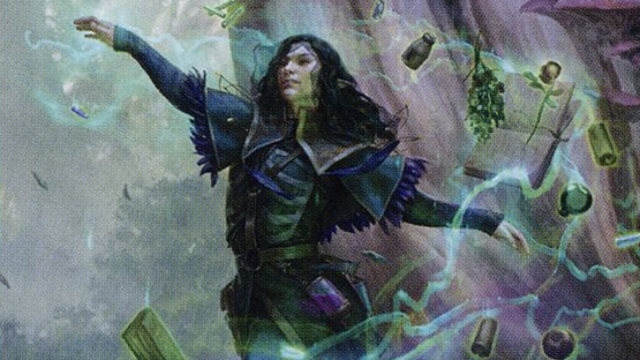
- Role: Magical support
- Notable Features: Alchemist Spells, Experimental Elixir, Alchemical Savant
Alchemists attempt to cram as many support elements into a Paladin-level caster as possible. And you know what? They do a really good job.
The first stop is the Alchemist’s bonus spells, which include two options every support caster needs if they want to be taken seriously: Healing Word and Mass Healing Word. The ability to get allies up off the ground as a bonus action is the mark of a healer, and the Alchemist is the only Artificer subclass that can do so. That’s worth a lot of points.
However, the rest of the Alchemist subclass falters compared to its perks. Your other spells are aggressive, ranging from area denial to debuffs to single target damage—although Death Ward and Raise Dead are huge endgame boons.
Then, you get to the features. Experimental Elixir provides a random benefit from among the following options: healing, walking speed, bonus armor class, Bless, tiny Fly, and Alter Self. These benefits aren’t weak, but having to randomly roll for them hurts a lot, and they only get around half of your proficiency modifier. You’d better hope that you roll a good spread of options, or else your class feature is all for naught.
Thankfully, your consistency improves later. You get the ability to restore additional health or deal more damage equal to your Intelligence modifier when casting through Alchemist’s Supplies. This means cantrips can add Intelligence to damage, so spells like Melf’s Acid Arrow can hit a bit harder, or your Mass Healing Word can heal for 1d4+10. These are good numbers.
Later on, you get the ability to add temporary hit points to all your Experimental Elixirs, and you can cast Lesser Restoration. Again, you’re not exactly a miracle-working Cleric here, but all of these features add up. You can take care of a party almost by yourself. With a helpful Druid or Paladin in the group, you’re set.
You’ll finish off your archetype with two fine abilities—resistance to acid and poison with poison immunity, and Greater Restoration or Heal once per day. Acid and poison are usually more prevalent in lower level weapons, but demons and undead still want to melt you, so you’ll make good use of those resistances. Greater Restoration and Heal are both stellar spells that even Clerics can’t usually cast more than once per day.
The Alchemist is a reasonable supporting caster with a bit too much emphasis on damage to be a true support. Pair them with another class that can heal when needed and you’ll find that the Alchemist is a solid party member with legitimately strong support abilities, in both the base class and archetype.
3. Artillerist
Pew pew.

- Role: Magical damage, ranged damage
- Notable Features: Eldritch Cannon, Arcane Firearm, Fortified Position
Born from war, the Artillerist is the Artificer’s attempt at dealing area of effect damage. Additionally, they also get some unique abilities that go beyond just killing enemies.
Your spell list is not going to fall in-line with those “unique abilities.” Every spell here is either designed to kill someone or prevent someone from getting killed. The Artillerist has a broad range of damaging options: Fireball for area of effect damage and Scorching Ray for single target damage, as well as lingering damage dealers like Wall of Fire. Artillerists also get potent defensive options like Wall of Force and Shield. These are all very good Wizard spells that any Artificer will love.
But what is an Artificer without their gun? Artificers can construct a mechanized cannon that can waddle around and activate an ability. The cannon has three modes: Flamethrower, which projects a damaging cone, Force Ballista, which fires a single damaging shot, and Protector, which provides temporary hit points.
Activating these abilities takes a bonus action, giving the Artillerist very meaningful turns. Obviously, damage is the most obvious choice here: The Force Ballista hits hard and has minor crowd control capabilities, while the Flamethrower’s short range lets it clear out doorways. However, the Protector is very enticing too, as it grants your entire frontline an average of 10 temporary hit points per turn.
This cannon, no matter the upgrade, scales at level nine and 15. At level nine, it gets a damage boost and can explode. This isn’t usually that smart, but 3d8 damage on a saving throw is probably worth having to spend a first level spell slot to bring it back.
At level 15, you can summon two of them and give allies plus-two to AC through half cover. This unique form of AC doesn’t stack with other forms of half cover, so having a Twilight Cleric ally might make things awkward. But, plus-two to AC in a solid radius is nothing to scoff at. Suddenly you’ll find that you’re pumping out 6d8 damage per bonus action that hits twice. If you can get Hex from Fey Touched, that’s huge.
Thankfully, your cannon isn’t the only thing that improves. Level five buffs the Artillerist’s damage with an extra d8 on their rolls. 4.5 average damage is fine: It’s basically adding your Intelligence to the roll with a chance to be disappointing.
2. Battle Smith
Who’s a good boy? You are, because I made you this way.
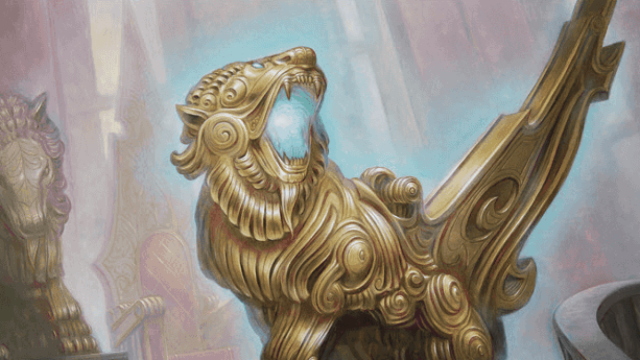
- Role: Frontline tank
- Notable Features: Battle Ready, Steel Defender
The Battlesmith takes on the role of a frontliner, granting the Artificer martial weapon proficiency and the ability to use Intelligence to attack. They’re kind of like a Hexblade that needs two levels to take off.
Their spell list is perhaps the weakest of the Artificer archetypes. It includes some solid defensive options and a few healing options from the Paladin list, but nothing overly impressive.
What is impressive is the Steel Defender, a small robot that protects you and your allies during combat. It has fairly high natural armor, deals force damage, and can heal itself. It also gains a reaction to grant disadvantage on attacks that target allies, making it a valuable frontline aid for you and your group. It’s easily replaceable, only costing an hour and a first level spell slot to bring back out.
Leveling up as a Battle Smith is almost required, since your Steel Defender’s health is based on your Artificer level. However, it’s not all doom-and-gloom. As you improve, you get the Extra Attack feature and access to a unique mechanic called Arcane Jolt. This pseudo-smite can either deal 2d6 damage or restore 2d6 hit points to a target, which lets you quickly heal your allies in a pinch.
The ability to deal guaranteed damage shouldn’t be ignored, especially an average of seven force damage. It’s a good method of healing allies that requires no action at all, leaving your bonus action free to command your Steel Defender. You also get a number of uses equal to your Intelligence modifier, so at least you’re not burning spells on it. It isn’t a game-winning feature, but it’s not useless.
This is especially true at level 15, which doubles the dice of Arcane Jolt and improves your Steel Defender by two AC. 17 AC at level 15 is frankly quite bad—your Defender’s getting tapped on eights. But it protects you just fine, and even deals damage when it gives enemies disadvantage.
Overall, this is a very unique tank with a lot of positive qualities. It’s just a shame it doesn’t get heavy armor proficiency. If only there was a way to do that…
1. Armorer
Does the man make the suit, or does the suit make the man?
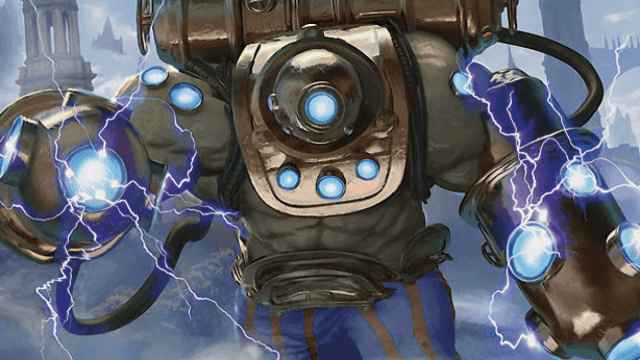
- Role: Frontline tank, ranged damage
- Notable Features: Arcane Armor, Armor Model, Armor Modifications, Perfected Armor
The Armorer is by far the most unique and modular Artificer archetype. That’s not a high bar, admittedly, but cut it some slack—it’s new.
This subclass’s gimmick is a suit of magical armor, which can be heavy, since the Armorer subclass negates any and all downsides to being an Intelligence character wearing a suit of heavy armor. This magical armor is categorized as either Guardian Armor or Infiltrator Armor.
Guardian Armor punches foes with Thunder Gauntlets that deal thunder damage and debuff enemies trying to attack non-Armorer targets. It also gets a bonus action that provides temporary hit points equal to the Armorer’s level, which helps it tank.
Infiltrator Armor has a ranged attack that deals 2d6 lightning damage the first time it hits and 1d6 damage afterward. It improves speed by a fair bit, and gives the Armorer advantage on stealth checks.
These two suits of armor are actually quite powerful, providing excellent abilities that you can change during a short rest. Artificers can swap between being a melee tank with up to 120 temporary hit points, and being a ranged gremlin hitting for 2d6 damage from a huge distance.
And you get more. Extra Attack comes at level five, but the most interesting ability is Armor Modifications. This allows you to infuse your armor with two bonus infusions, as well as giving you the opportunity to add additional features to it. Often this means you can gain a weapon bonus to your unique attack, but it also gives you the opportunity to get extra damage, durability, or movement options as needed. This flexibility works very well with the already flexible Artificer class.
On top of this, at level 15, the armor gets buffed again. Guardian gets a massive tether that uses a resource. While a bit awkward to use, it gives the Guardian a 30 foot opportunity attack, which is just funny—even if it does allow a saving throw. Infiltrator gets a Guiding Bolt effect that dissuades enemies from attacking them while providing advantage on attacks, which is perfect for working with your Rogue.
Oh, and Armorers also get a spell list. It’s fine: Unlike Battle Smiths, Armorers get Lightning Bolt, which gives them great area of effect and damage potential. The uniqueness and power spread of this archetype is nearly unmatched, and it fits well with the Artificer’s ideals of quick problem solving with a variety of options that don’t require high-level spells.



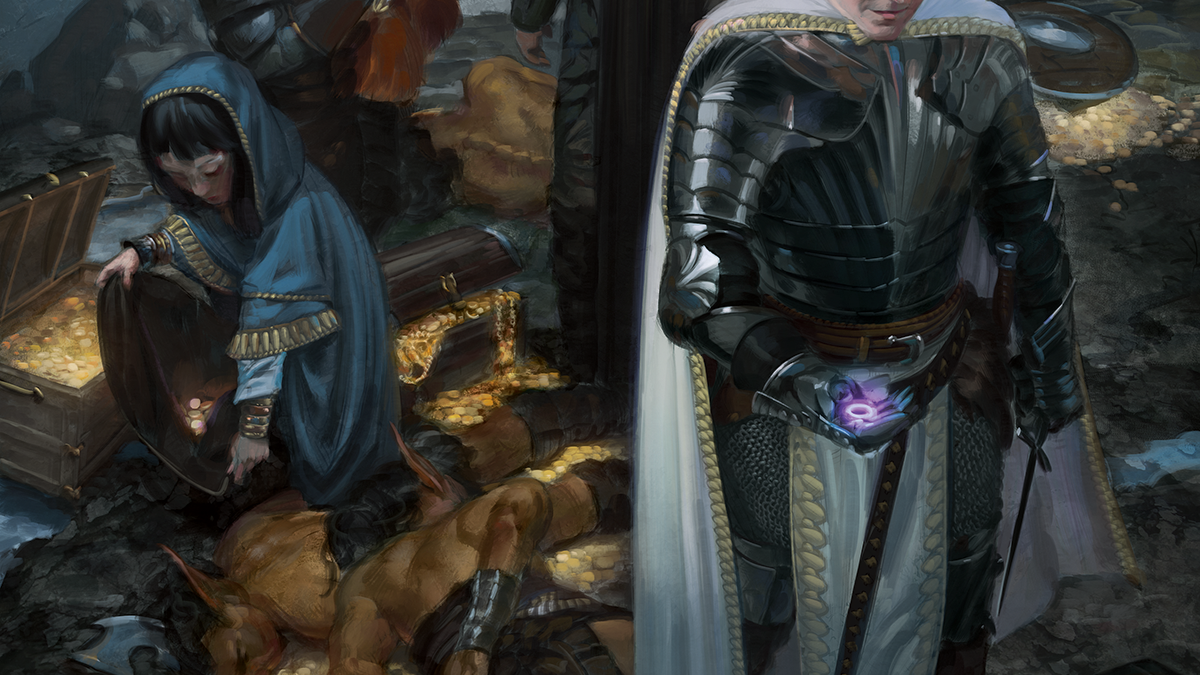


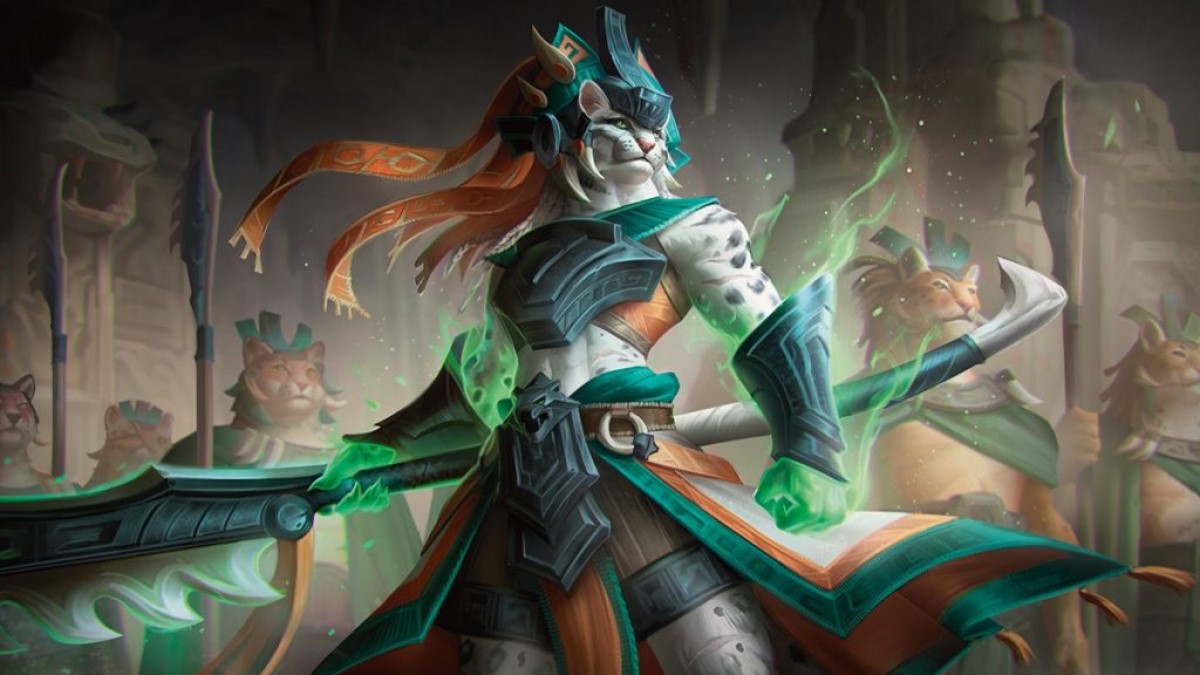
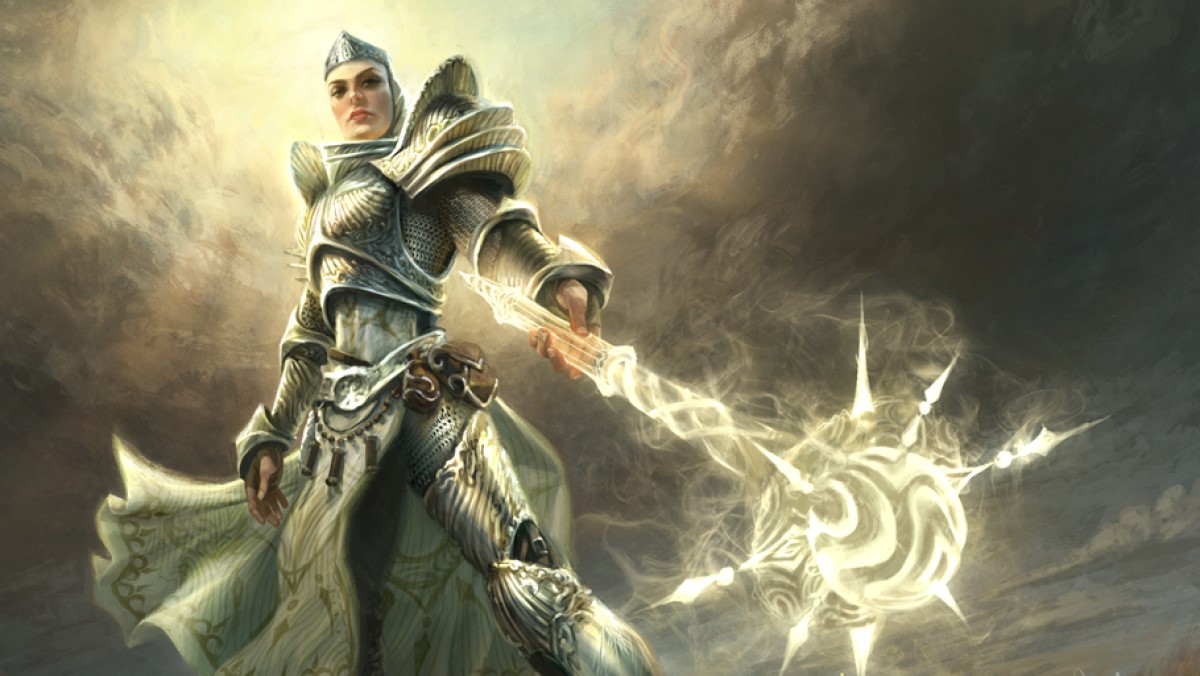




Published: Sep 16, 2023 06:34 am